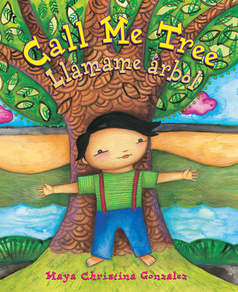I’ll be the first to admit it: I didn’t pay much attention to math. I specialized in literacy and focused on reading, speaking, listening, writing, social studies, and science instruction. Math? My third graders went down the hall each day to the “math classroom.” My co-teacher and I collaborated over best teaching practices, family relationships, and classroom management, but I didn’t spend time delving into the third-grade mathematics standards.
It wasn’t until I entered into our first parent-teachers-student conferences in September that I realized I couldn’t afford to compartmentalize my students’ learning.
In those conferences, we had students who loved math and had excelled in math every year leading up, but were now struggling to advance. They seemed to have hit an invisible wall. What happened? Continue reading




 floss. We all know the correct and only answer is “every day.” We squirm under the light as we try to come up with an answer that gets us as close to saying “every day.”
floss. We all know the correct and only answer is “every day.” We squirm under the light as we try to come up with an answer that gets us as close to saying “every day.”